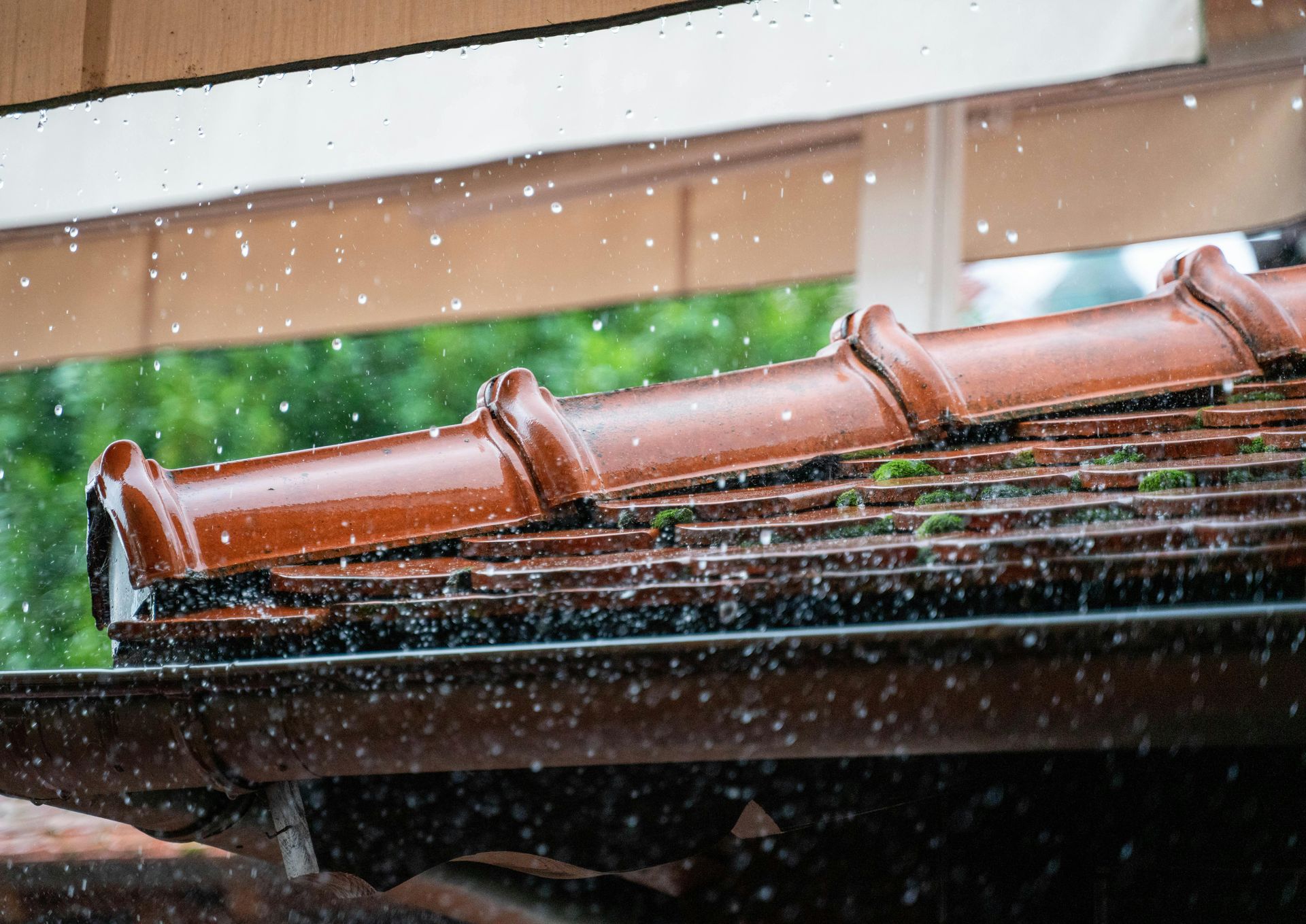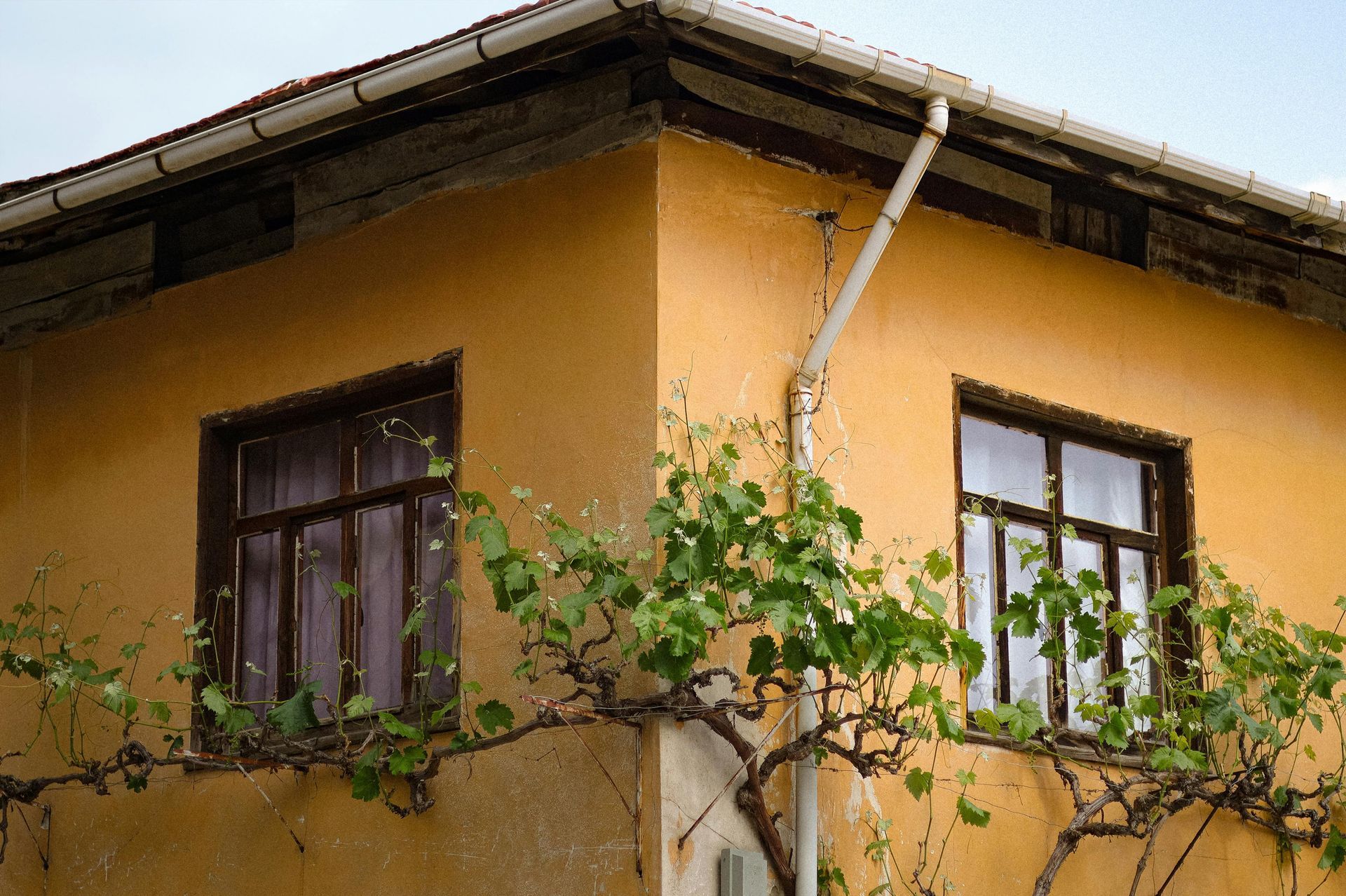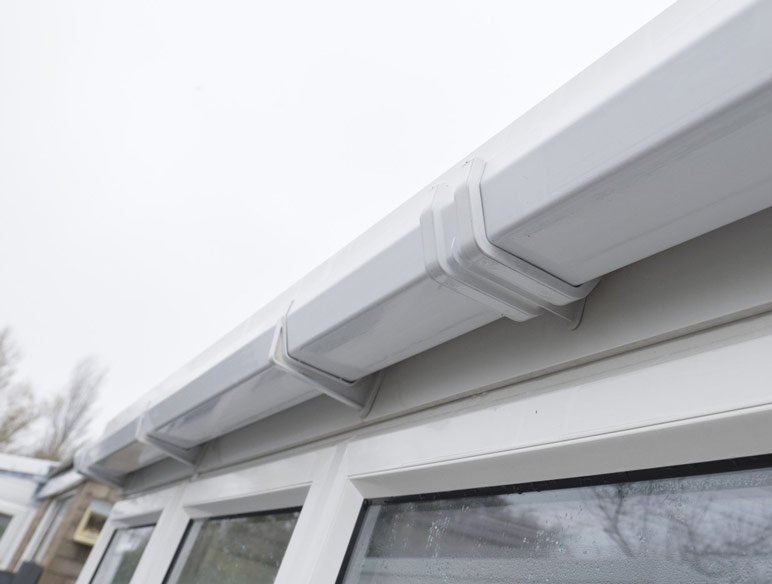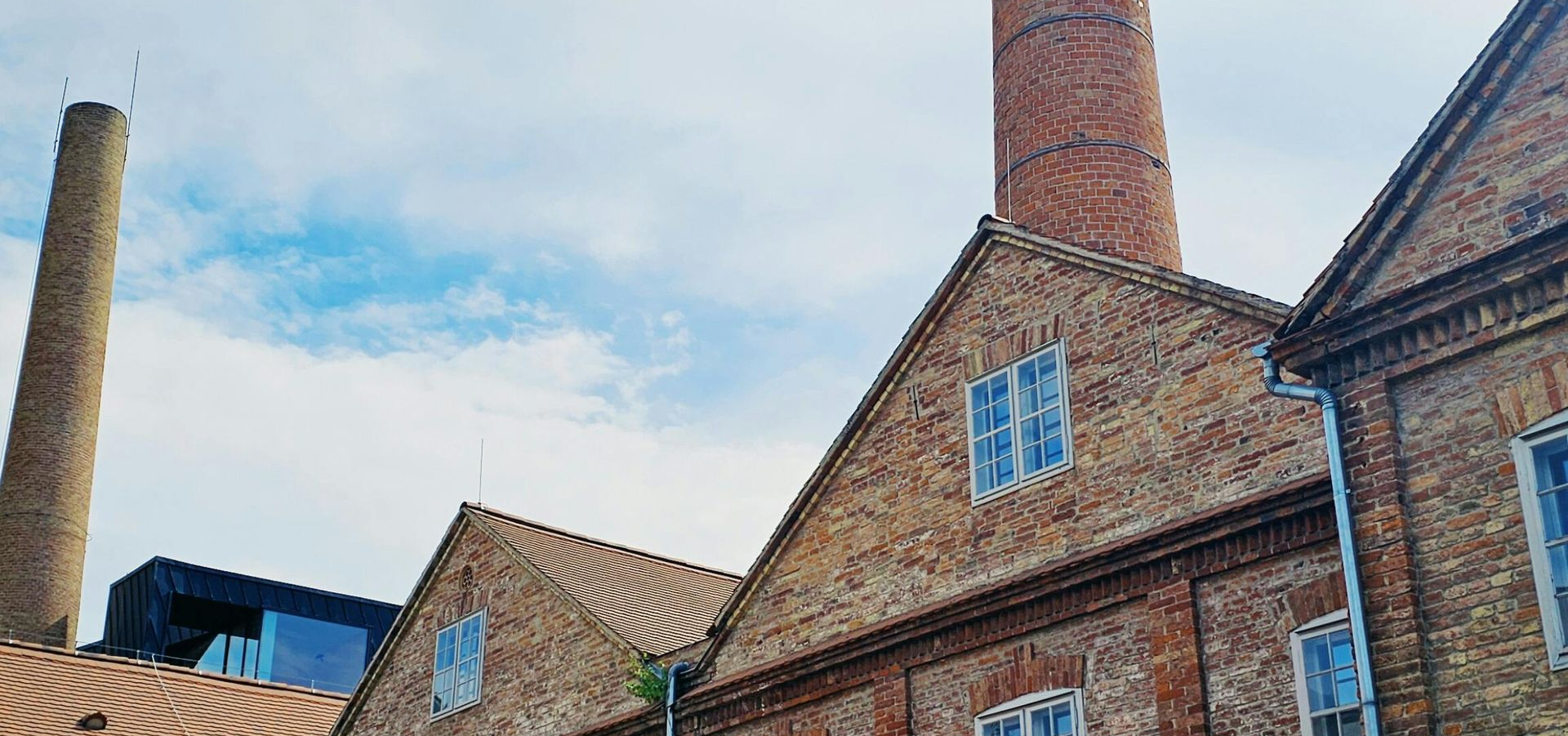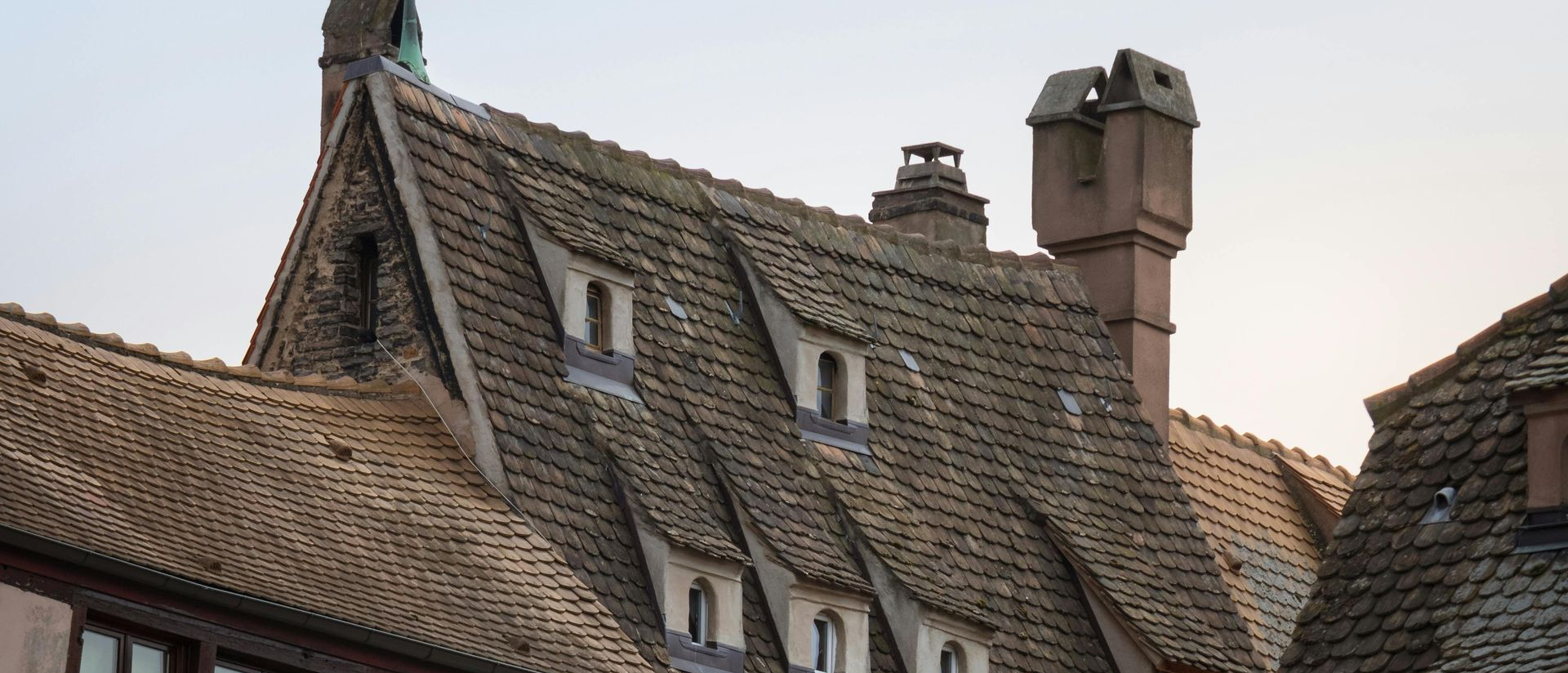The Complete Guide to Safe Asbestos Roof Cleaning
What Property Managers Need to Know
Asbestos cement roofing remains a common feature across thousands of commercial and industrial buildings throughout the UK. Whilst these roofs can last for decades when properly maintained, they require careful handling and specialised cleaning procedures to ensure the safety of workers, building occupants, and the surrounding environment.
Understanding Asbestos Cement Roofing
Asbestos cement was extensively used in UK construction from the 1950s through to the mid-1980s, with its use only being completely banned in 1999. The Health and Safety Executive (HSE) estimates that asbestos-containing materials are still present in approximately 500,000 non-domestic buildings across Britain.
Asbestos cement roofing typically contains between 10-15% chrysotile (white asbestos) fibres mixed with cement. These sheets were popular due to their durability, fire resistance, and cost-effectiveness. The characteristic corrugated profile of these roofs makes them easily identifiable, though flat asbestos cement sheets were also commonly used.
The key concern with asbestos cement roofing is that the material becomes more friable—meaning it can more easily release fibres—as it ages and deteriorates. Weathering, biological growth, and general wear can break down the cement matrix that binds the asbestos fibres, making careful maintenance essential rather than optional.
The Legal Framework
Property managers must navigate a complex regulatory landscape when dealing with asbestos-containing materials. The Control of Asbestos Regulations 2012 places a legal duty on building owners and managers to manage asbestos-containing materials in non-domestic premises.
Under Regulation 4, the "dutyholder" (typically the property owner or manager) must identify whether asbestos is present in the building, assess its condition, and create a management plan. This plan must be regularly reviewed and updated. Importantly, the regulations require that anyone who works on asbestos-containing materials must hold the appropriate training and certification.
The HSE distinguishes between licensed and non-licensed asbestos work. Generally, cleaning asbestos cement roofing in good condition falls under non-licensed work, provided it doesn't involve significant disturbance that could release substantial quantities of fibres. However, workers must still be properly trained under Regulation 10, which mandates adequate information, instruction, and training for anyone liable to be exposed to asbestos.
Failure to comply with these regulations can result in serious consequences. The HSE has powers to issue improvement and prohibition notices, and breaches can lead to unlimited fines and even imprisonment in serious cases.
Assessing Whether Cleaning Is Appropriate
Before any cleaning work begins, a thorough assessment is essential. Not all asbestos cement roofs are suitable candidates for cleaning, and in some cases, attempting to clean a deteriorated roof can do more harm than good.
The condition of the roof is paramount. Asbestos cement in good condition, where the surface remains intact and the cement matrix is sound, can generally be safely cleaned. However, roofs showing significant deterioration, such as extensive cracking, flaking, or areas where the surface has broken down to expose fibres, may be beyond safe cleaning and could require encapsulation, coating, or removal instead.
A competent person should conduct a detailed inspection prior to any work. This inspection should document the roof's age, general condition, extent of biological growth, presence of damage, and accessibility. The HSE recommends that this assessment also includes consideration of the roof's remaining serviceable life, there's little benefit in cleaning a roof that will need replacement within a year or two.
Weather conditions must also be factored into the decision. Cleaning should ideally be carried out in dry, calm weather. Rain can spread contaminated water across a wider area, whilst wind can carry disturbed fibres beyond the work zone. Many professional contractors will only work when weather conditions meet specific criteria.
The Risks of Improper Cleaning
The dangers associated with improper asbestos roof cleaning are substantial and well-documented. When asbestos fibres are released into the air and inhaled, they can cause serious and often fatal diseases, typically manifesting decades after exposure.
Mesothelioma, a cancer of the lung lining almost exclusively caused by asbestos exposure, remains a significant health concern in the UK. According to research published in the British Journal of Cancer, the UK has one of the highest rates of mesothelioma in the world, with approximately 2,500 deaths annually. The disease typically develops 30-40 years after exposure, meaning workers exposed to asbestos today won't see the consequences until well into the future.
Asbestosis, a chronic lung condition caused by inhaling asbestos fibres, leads to progressive scarring of lung tissue. The condition causes breathlessness, persistent coughing, and in severe cases, can be fatal. There is no cure for asbestosis, and symptoms typically worsen over time.
Asbestos exposure also significantly increases the risk of lung cancer, particularly among smokers. The HSE notes that the combination of smoking and asbestos exposure can multiply the risk of lung cancer by up to 50 times compared to non-smokers not exposed to asbestos.
The particular danger with roof cleaning lies in methods that create dust or break down the material's surface. Pressure washing at high settings, dry brushing, scraping, or any abrasive technique can release substantial quantities of fibres into the air. Water runoff containing asbestos fibres can also contaminate drainage systems, soil, and surrounding areas if not properly controlled.
Safe Cleaning Methods
Professional asbestos roof cleaning employs specific techniques designed to minimise fibre release whilst effectively removing biological growth and debris.
The fundamental principle is to keep the material wet throughout the cleaning process. Water acts as a suppressant, preventing fibres from becoming airborne. Approved cleaning methods use low-pressure water systems, typically operating at pressures no higher than those used for domestic garden hoses, combined with appropriate biocidal treatments.
The process generally begins with a careful inspection and the application of a biocide designed to kill moss, algae, and lichen. These treatments need time to work, often several days, allowing the biological growth to die back before removal. This reduces the mechanical action required during cleaning.
When the actual cleaning takes place, operatives use soft brushes or low-pressure water to gently remove the dead growth. The emphasis is on "gently", aggressive scrubbing or high pressure can damage the cement surface and release fibres. Some contractors use specially designed vacuum systems to collect debris before it can enter the drainage system.
Throughout the process, water containing removed material and potentially released fibres must be carefully managed. This typically involves temporary bunding or barriers to contain runoff, with contaminated water collected and disposed of as asbestos-contaminated waste through licensed waste carriers.
Modern approaches may also include the application of protective coatings after cleaning. These sealants not only help prevent future biological growth but also encapsulate the surface, reducing the risk of fibre release from weathering. However, these coatings must be appropriate for use on asbestos cement and should only be applied by trained professionals.
Personal Protective Equipment and Safety Measures
Anyone working on or near asbestos cement roofing requires appropriate personal protective equipment (PPE), even when the work is classified as non-licensed. The specific requirements depend on the nature and extent of the work, but certain minimums apply.
Respiratory protection is essential. For routine maintenance and cleaning of asbestos cement in good condition, disposable filtering facepiece (FFP3) masks provide adequate protection. These masks must be properly fitted, and workers should be clean-shaven to ensure a proper seal. For more extensive work or where deterioration is present, powered respirators may be necessary.
Protective clothing should be disposable coveralls, worn to prevent fibres from contaminating ordinary clothing and being carried home. These coveralls should be disposed of as asbestos waste after use. Gloves and appropriate footwear complete the basic PPE ensemble.
Fall protection represents another critical consideration. Asbestos cement roofing is inherently fragile, and walking directly on these roofs can cause breakage, potentially releasing fibres and creating a serious fall hazard. Proper access equipment, such as scaffolding, mobile elevated work platforms, or crawling boards that distribute weight, must be used. The Working at Height Regulations 2005 require that all work at height be properly planned, supervised, and carried out using appropriate equipment.
Decontamination procedures must be established before work begins. Workers should have access to washing facilities and should clean themselves before removing PPE. Contaminated PPE and waste materials must be double-bagged in appropriate asbestos waste bags, clearly labelled, and disposed of through licensed waste contractors.
Choosing Professional Contractors
Given the complexity and risks involved, property managers should engage specialist contractors for asbestos roof cleaning rather than general maintenance companies or attempting DIY approaches.
Qualified contractors should hold relevant training certifications. Whilst licensed asbestos removal work requires a licence from the HSE, non-licensed work still requires specific training. Reputable contractors will have completed asbestos awareness training as a minimum, with workers typically holding Category A non-licensed training certificates appropriate to the work being undertaken.
Insurance coverage is crucial. Contractors should carry adequate public liability insurance that specifically covers work with asbestos-containing materials. Many standard policies exclude asbestos work, so this coverage must be explicitly confirmed.
A professional contractor should provide a detailed method statement before commencing work. This document outlines exactly how the work will be carried out, what control measures will be used, how waste will be managed, and what emergency procedures are in place. The method statement should be specific to your building and circumstances, not a generic template.
References and a proven track record matter. Ask for examples of similar projects, speak with previous clients, and verify that the contractor has experience with asbestos cement specifically. Asbestos work isn't something you want a company learning on the job.
The contractor should also provide appropriate documentation upon completion, including records of waste disposal (consignment notes), confirmation that the work was completed according to the method statement, and any relevant air monitoring results if conducted.
Alternative Approaches
Cleaning isn't always the best solution for asbestos cement roofing, and property managers should be aware of the alternatives.
Encapsulation involves applying a thick, durable coating that seals the surface of the asbestos cement. This prevents fibre release and can also improve the roof's appearance and weather resistance. Specialist asbestos encapsulation products are designed to be flexible enough to accommodate the expansion and contraction of the roof whilst providing a robust barrier. This approach can be particularly suitable for roofs in moderate condition where cleaning alone wouldn't provide sufficient protection.
Over-cladding systems involve installing a new roof structure over the existing asbestos cement roof, effectively isolating it without removal. This approach has gained popularity as it avoids the risks and costs associated with asbestos removal whilst providing an updated, weatherproof roof. However, it does add weight to the building structure, which must be assessed by a structural engineer.
Complete removal and replacement remains the only way to permanently eliminate the asbestos hazard. This option requires a licensed asbestos removal contractor and involves significant cost and disruption. However, for roofs in poor condition or where long-term plans include building redevelopment, removal may be the most appropriate choice. The HSE's guidance emphasises that removal should only be undertaken when necessary, as it typically presents the highest risk of fibre release if not properly managed.
Developing a Management Plan
Effective asbestos management extends beyond one-off cleaning operations. Property managers should develop and maintain a comprehensive asbestos management plan for their buildings.
The plan should include a detailed asbestos register documenting the location, type, and condition of all known asbestos-containing materials in the building. This register must be readily available to anyone who might disturb these materials during maintenance, repairs, or refurbishment work.
Regular inspections, typically annually for materials in good condition, or more frequently for materials showing deterioration, should be conducted by a competent person. These inspections monitor any changes in condition and help identify when intervention might be necessary.
The management plan should also include procedures for emergency situations, such as unexpected damage to asbestos materials, and protocols for controlling access to areas containing asbestos. All relevant staff should be aware of where asbestos is present and how to avoid disturbing it.
Documentation forms a crucial part of asbestos management. Records should be kept of all inspections, maintenance work, incidents, and removals. This information not only demonstrates regulatory compliance but also provides valuable data for making informed decisions about future management strategies.
Cost Considerations
Understanding the costs associated with asbestos roof cleaning helps property managers budget appropriately and make informed decisions about maintenance strategies.
Professional asbestos cement roof cleaning typically costs between £8 and £15 per square metre, though prices vary significantly based on the roof's size, condition, accessibility, and location. Additional factors such as the need for scaffolding, extensive biological growth, or complex drainage management can increase costs.
These figures should be viewed in context. Neglecting roof maintenance can lead to accelerated deterioration, potentially necessitating more expensive interventions later. A roof in poor condition might require encapsulation (£15-25 per square metre) or removal (£30-60 per square metre, sometimes significantly more).
Regular maintenance, including periodic cleaning, can extend the serviceable life of asbestos cement roofing by years or even decades. Given that replacement involves not just the cost of a new roof but also the substantial expense of licensed asbestos removal, the investment in proper cleaning and maintenance often represents excellent value.
However, property managers should avoid making decisions based solely on immediate cost. A quotation that seems unusually low should raise concerns about whether the contractor has the necessary expertise, insurance, and commitment to proper safety procedures. In asbestos work, cutting corners can have consequences that far exceed any short-term savings.
Conclusion
Managing asbestos cement roofing presents property managers with significant responsibilities, but with proper knowledge and professional support, these roofs can be safely maintained for years to come.
The key principles are straightforward: understand what you're dealing with, ensure work is conducted by properly trained professionals using appropriate methods, maintain comprehensive records, and never take shortcuts with safety. Regular inspection and proactive maintenance not only fulfil legal obligations but also protect the health of workers and building occupants whilst preserving the property's value.
As regulations continue to evolve and our understanding of best practices advances, staying informed remains essential. Resources such as the HSE's guidance documents, industry bodies like the Asbestos Removal Contractors Association (ARCA), and specialist consultants can provide valuable support in navigating the complexities of asbestos management.
Ultimately, responsible asbestos management isn't just about regulatory compliance, it's about protecting people's health and ensuring that the tragic legacy of asbestos-related disease isn't perpetuated through inadequate care in the present day.


